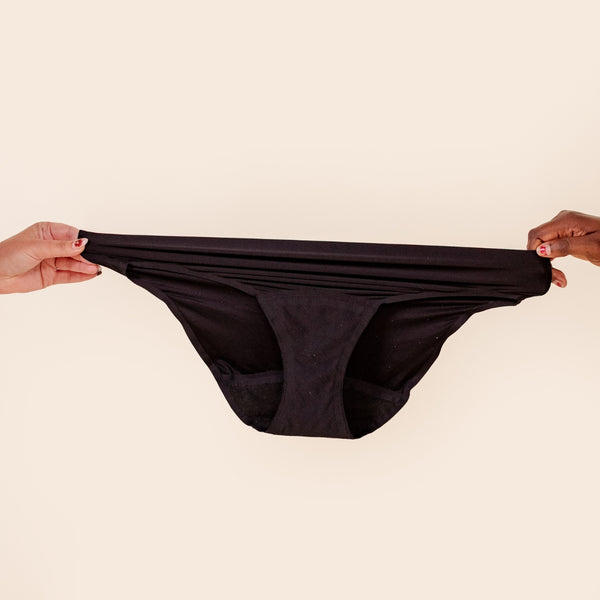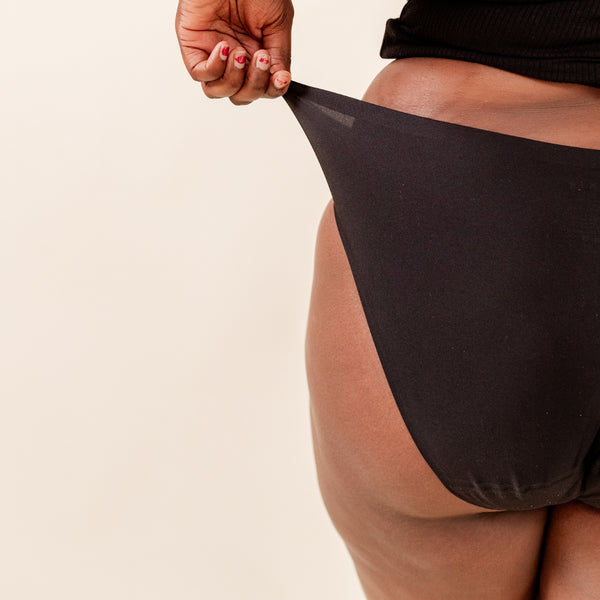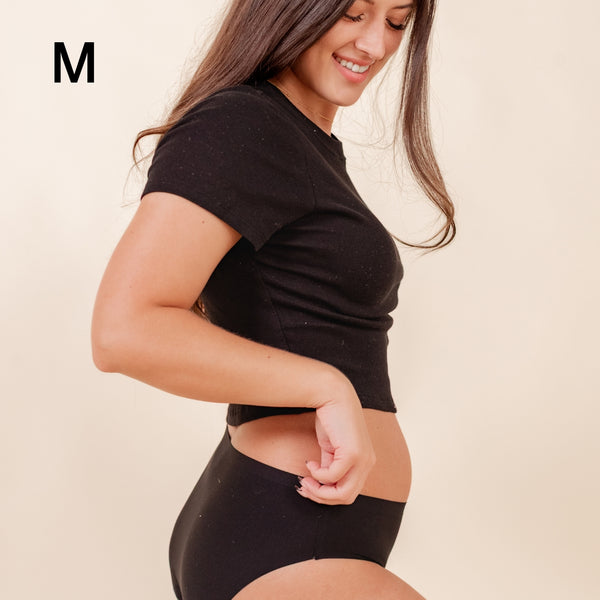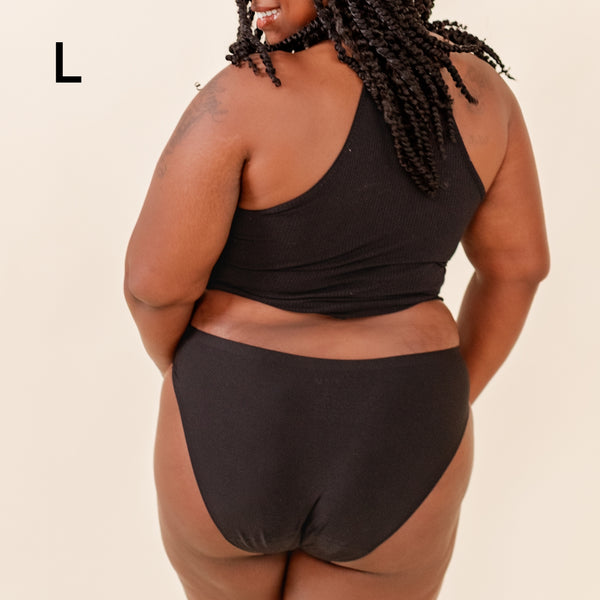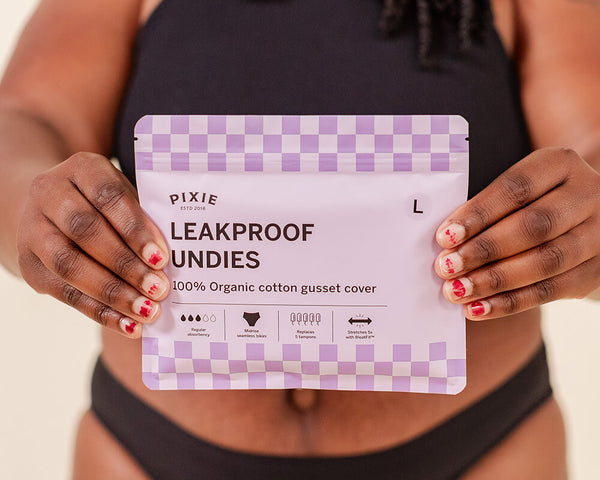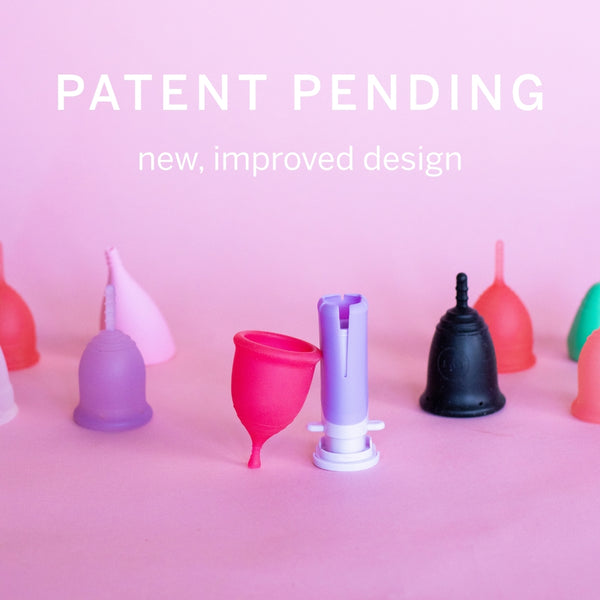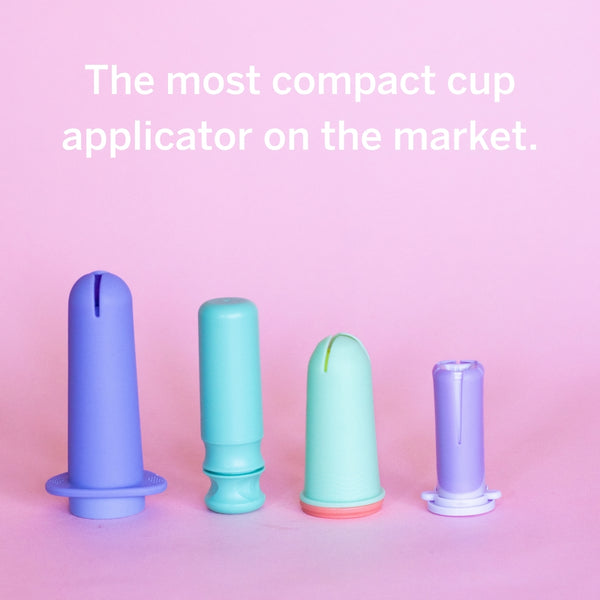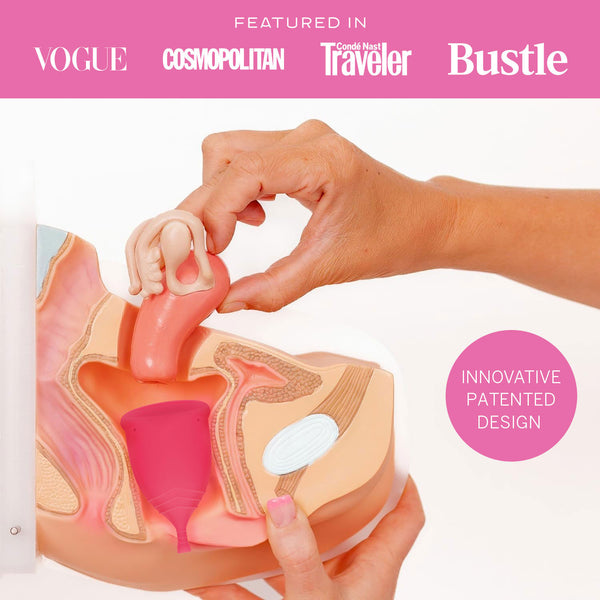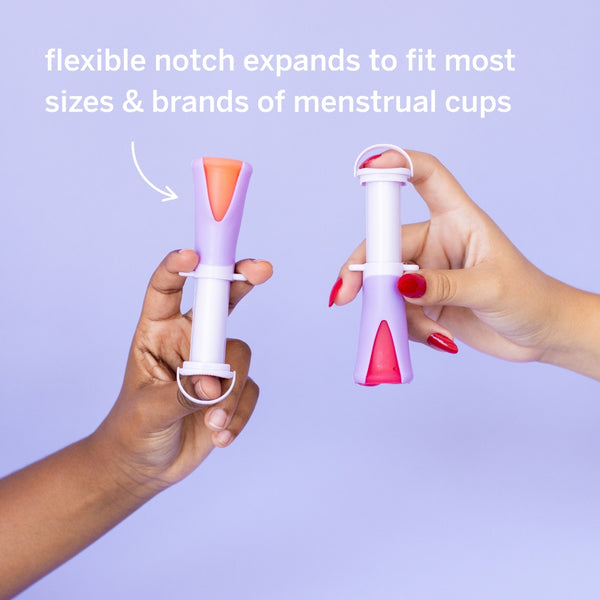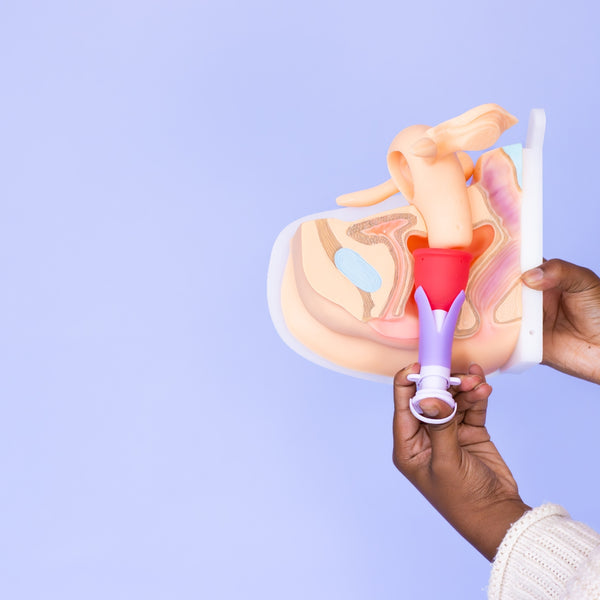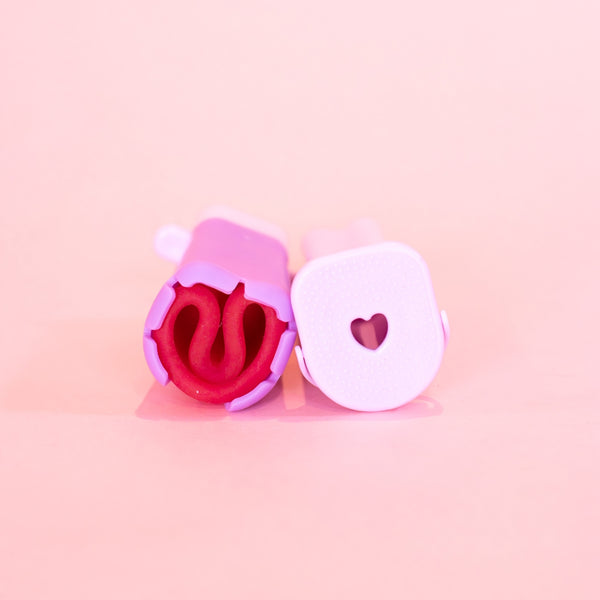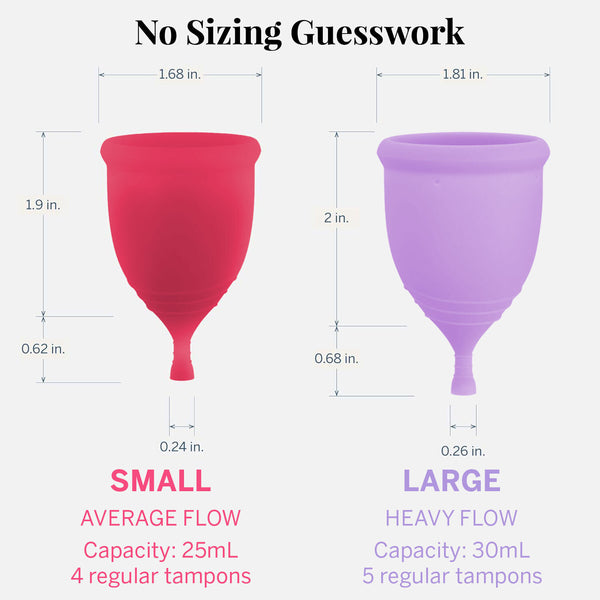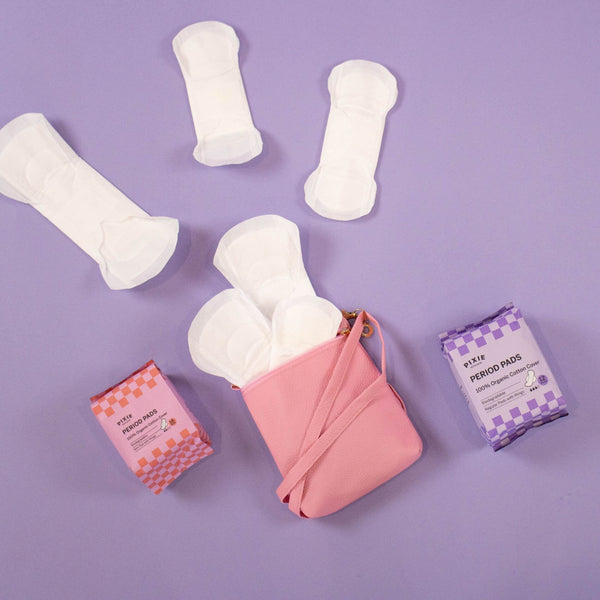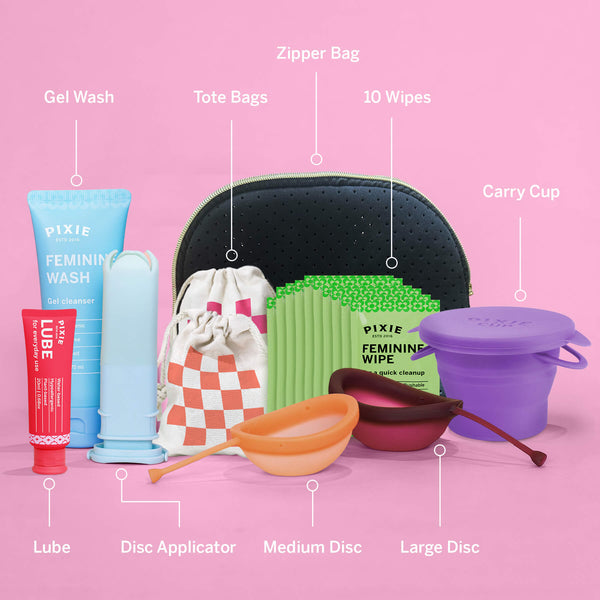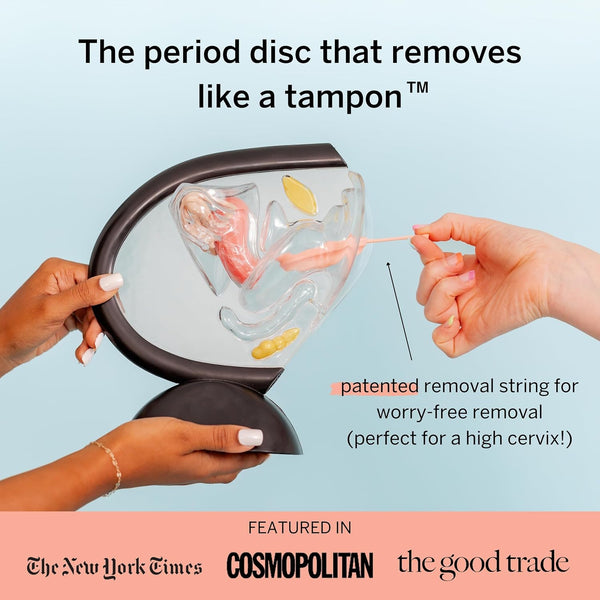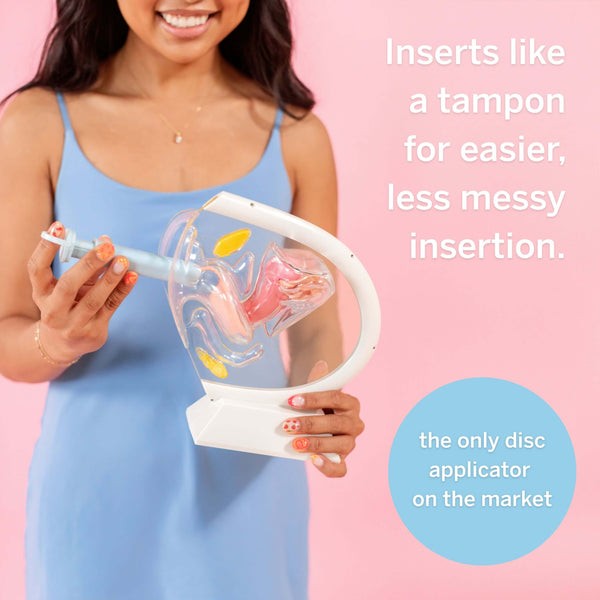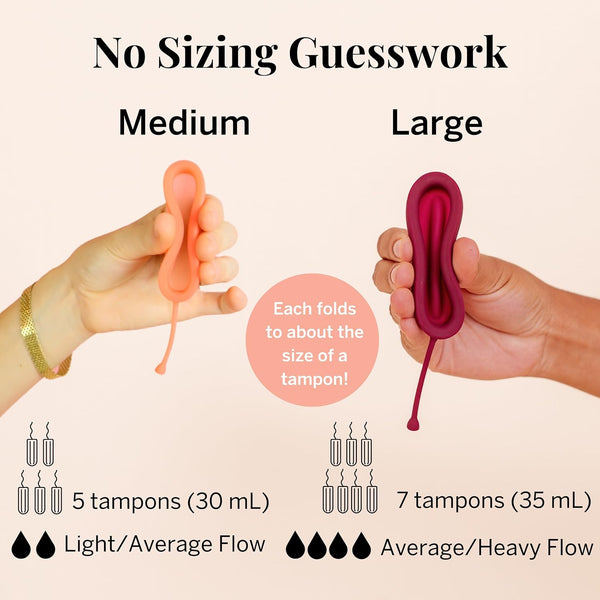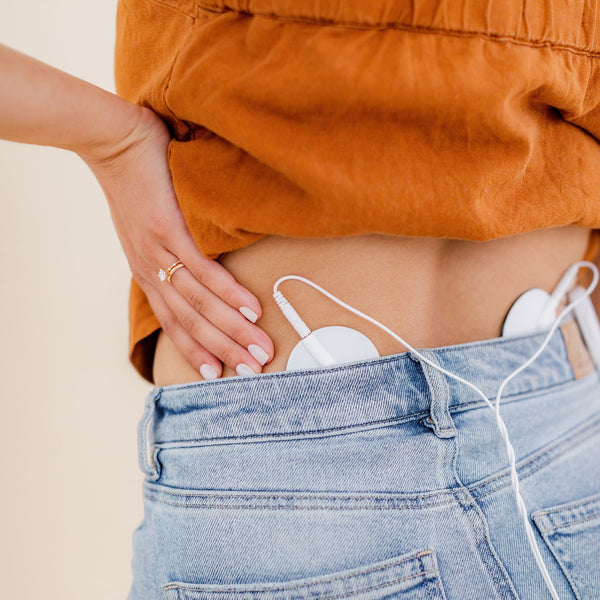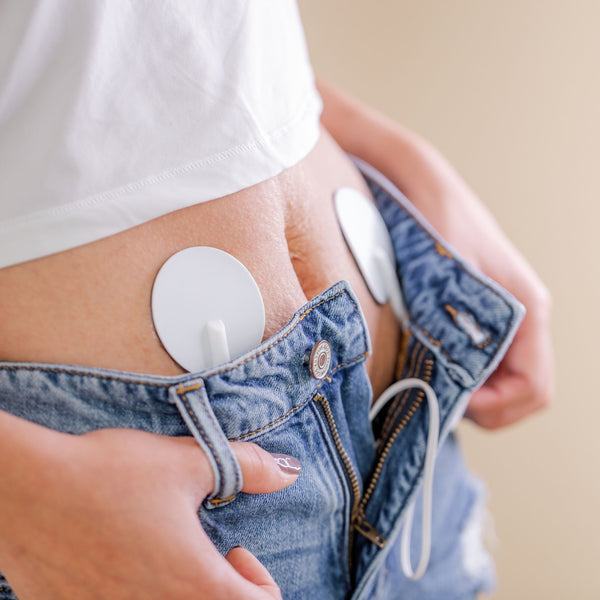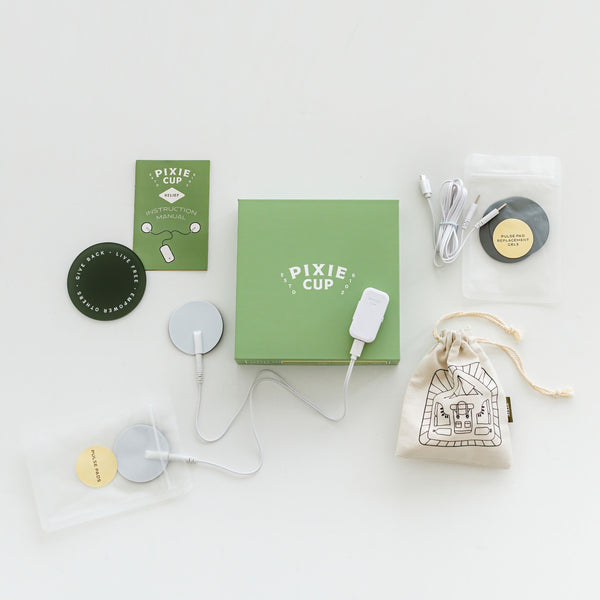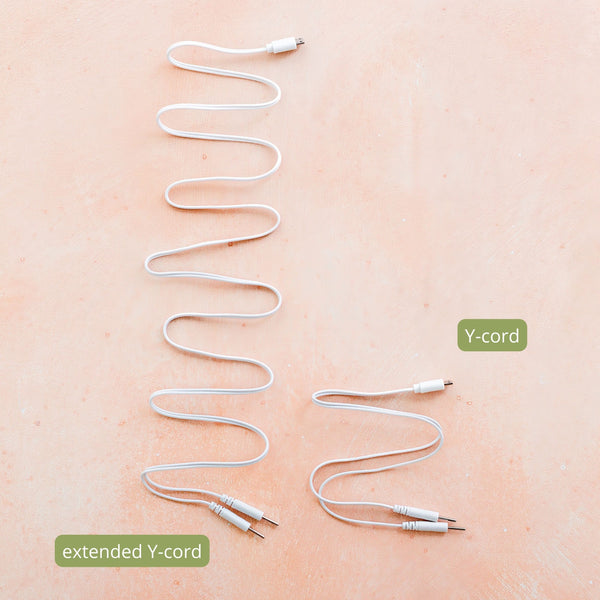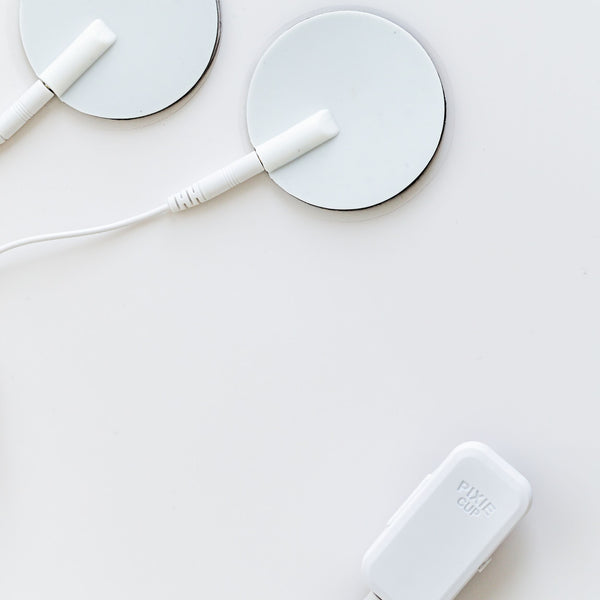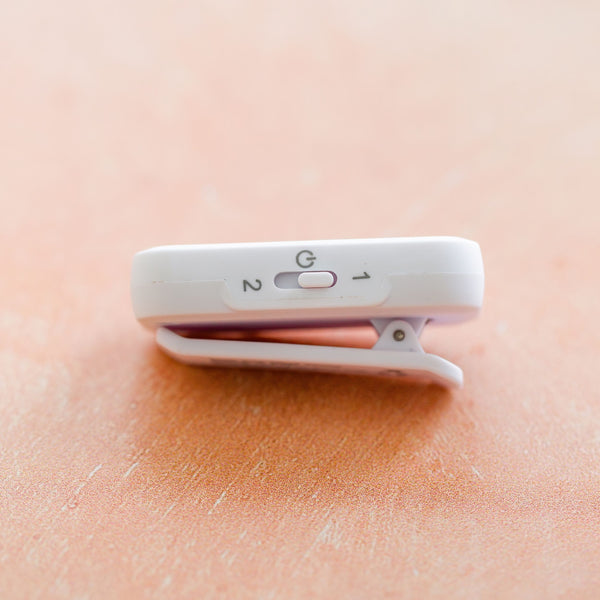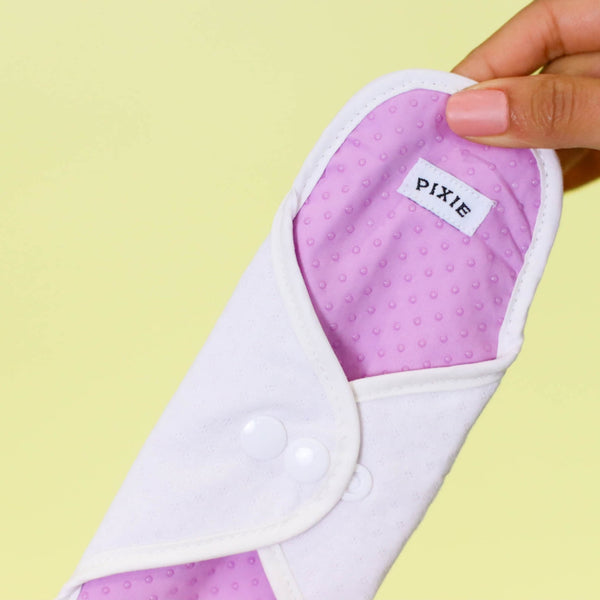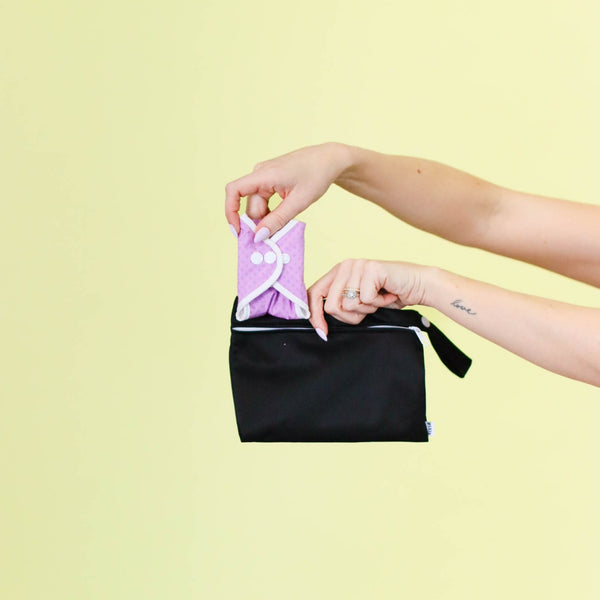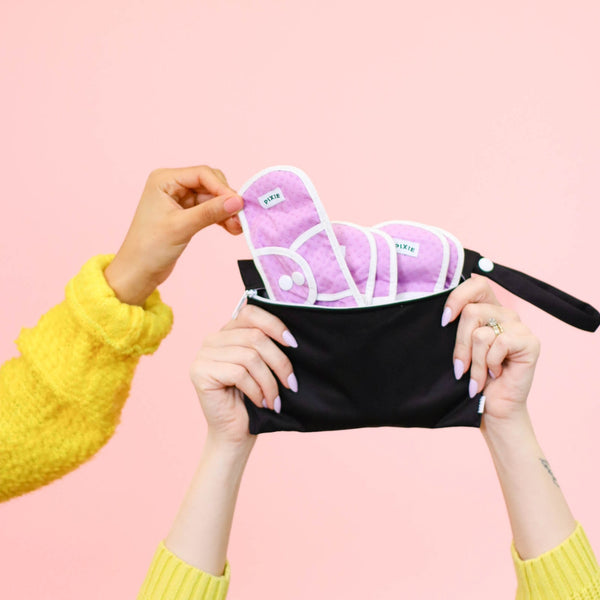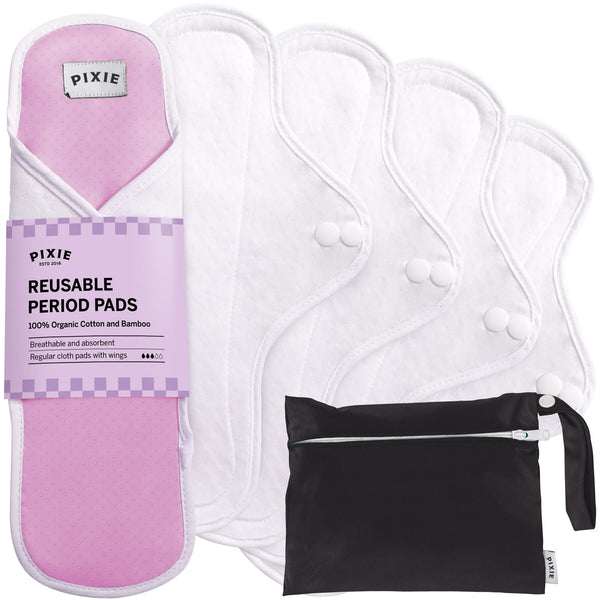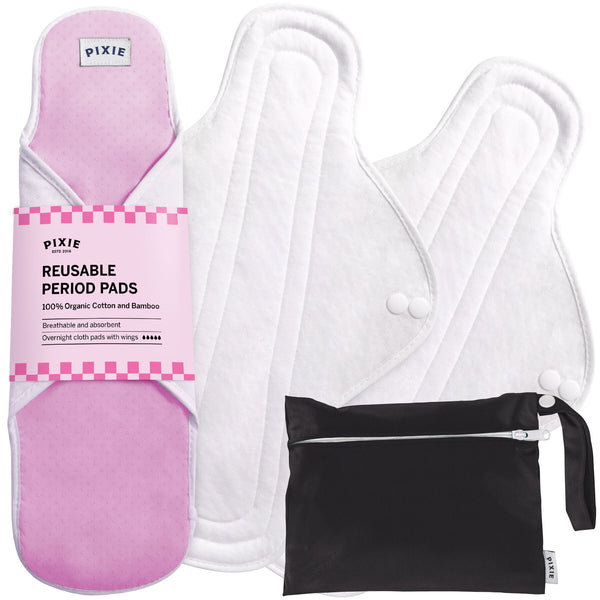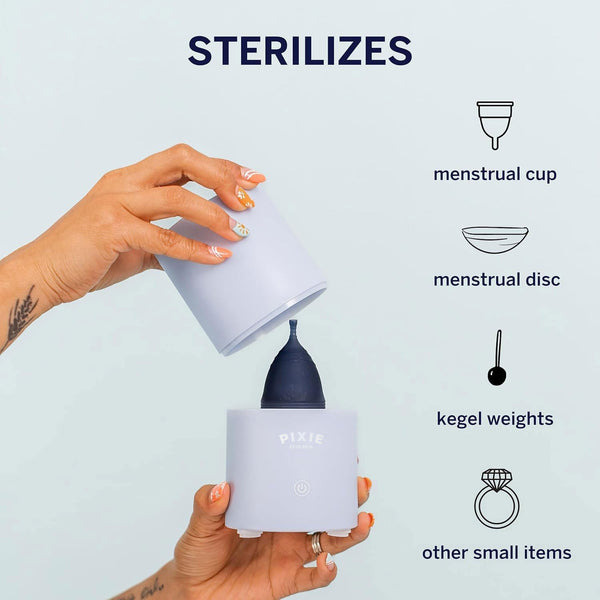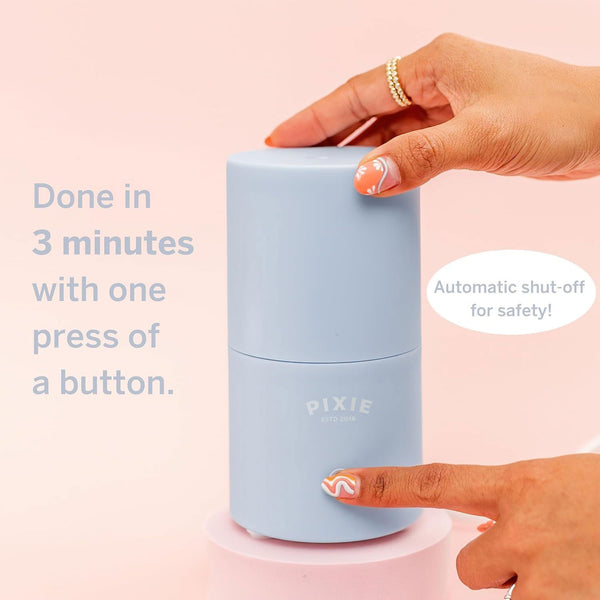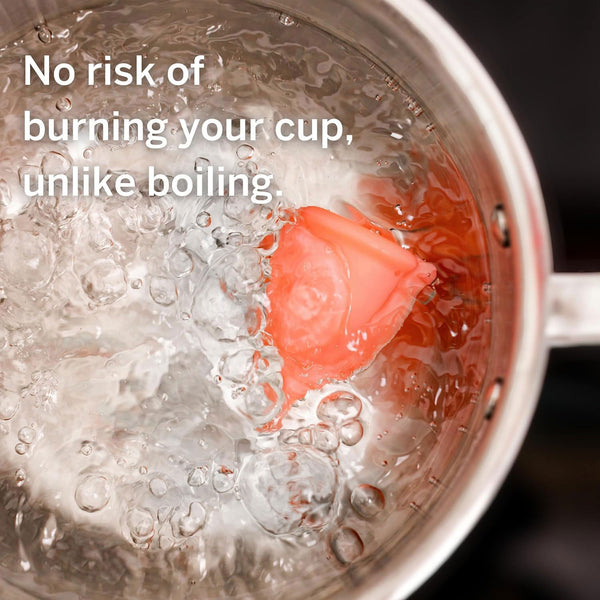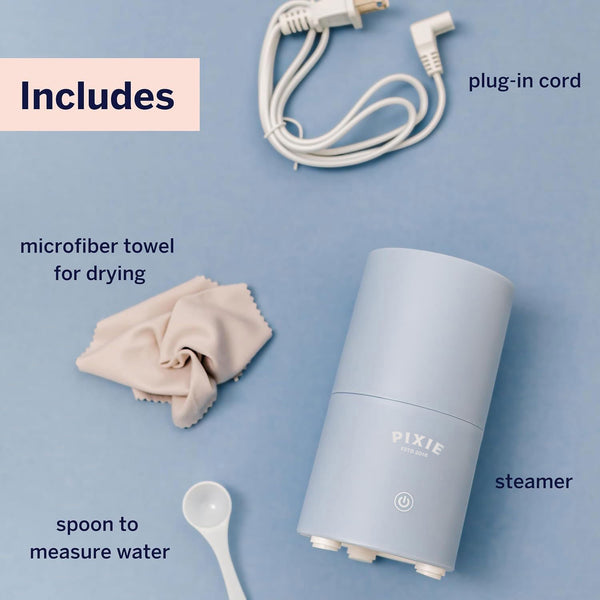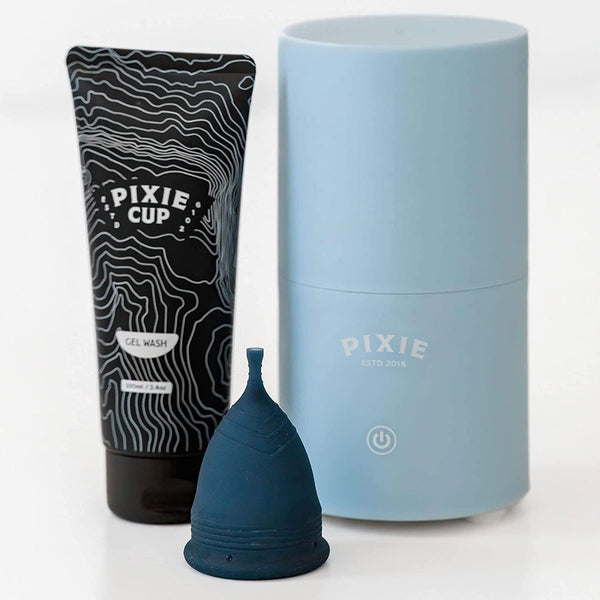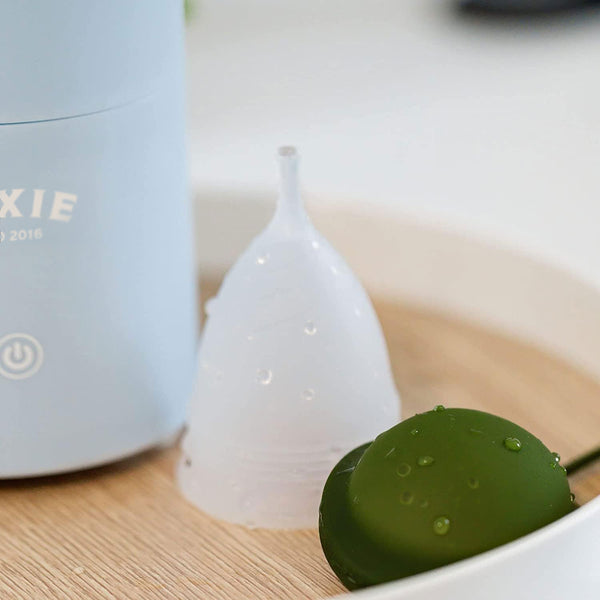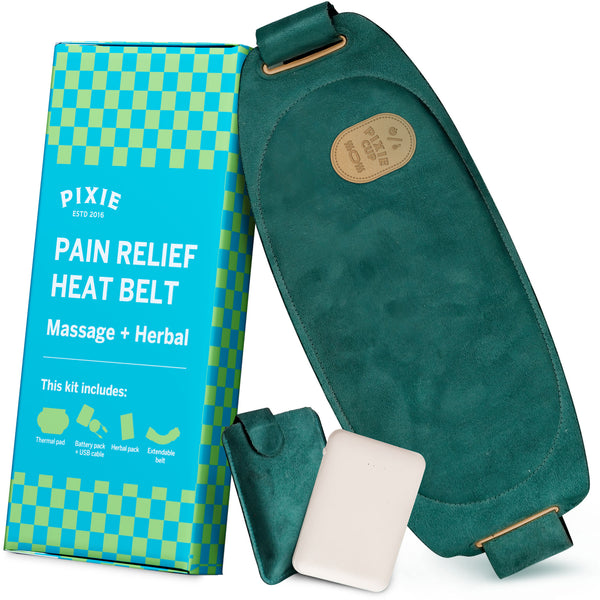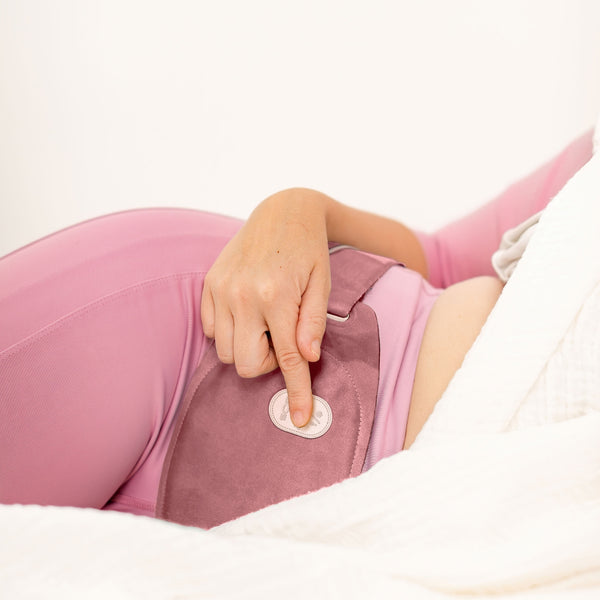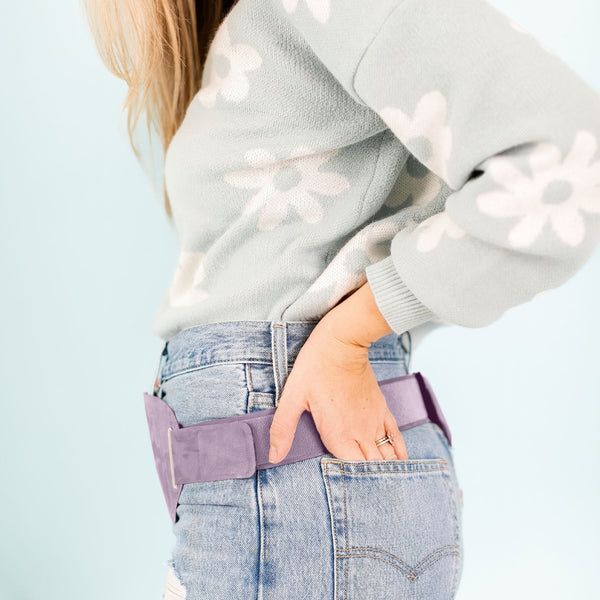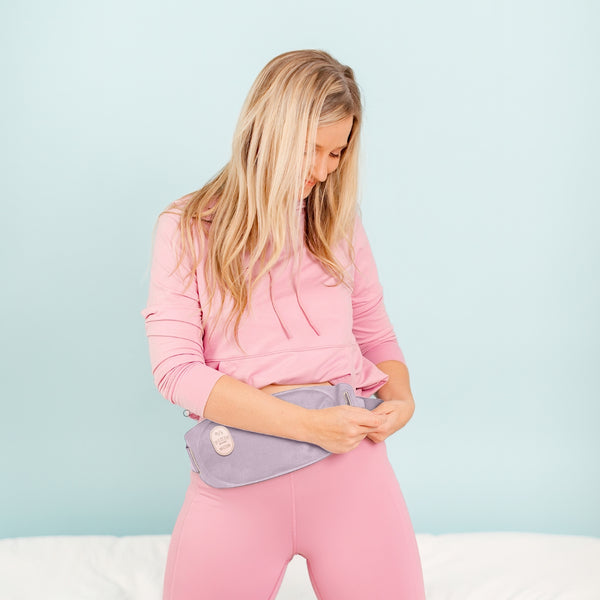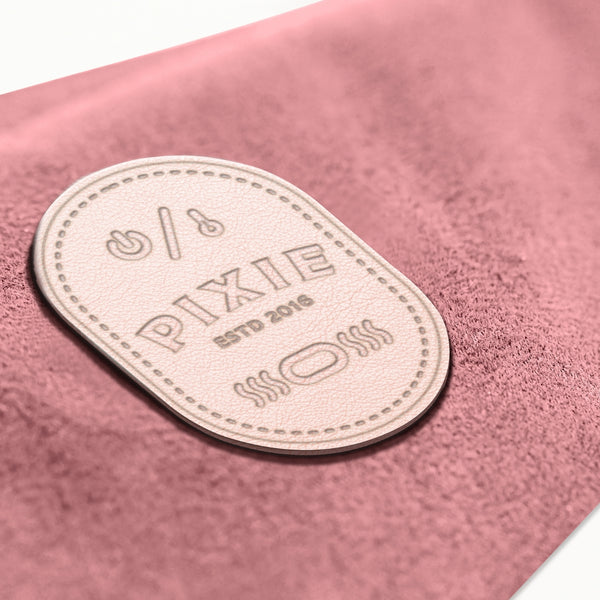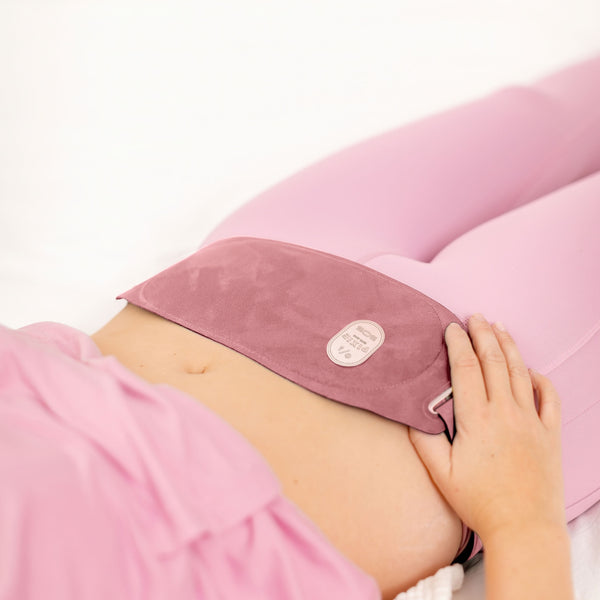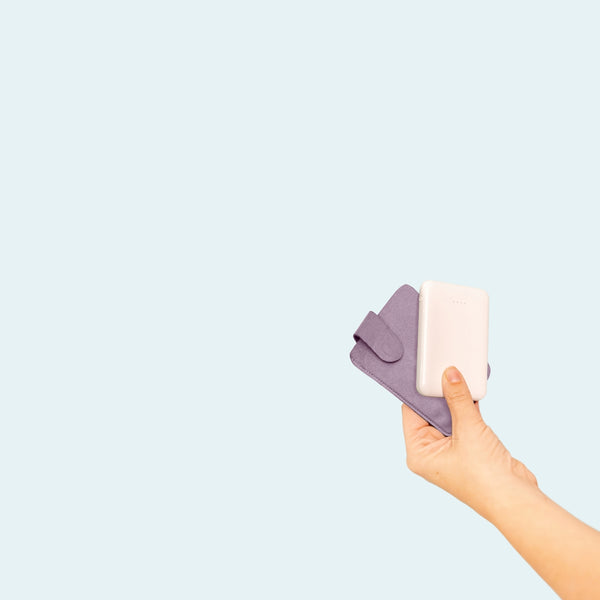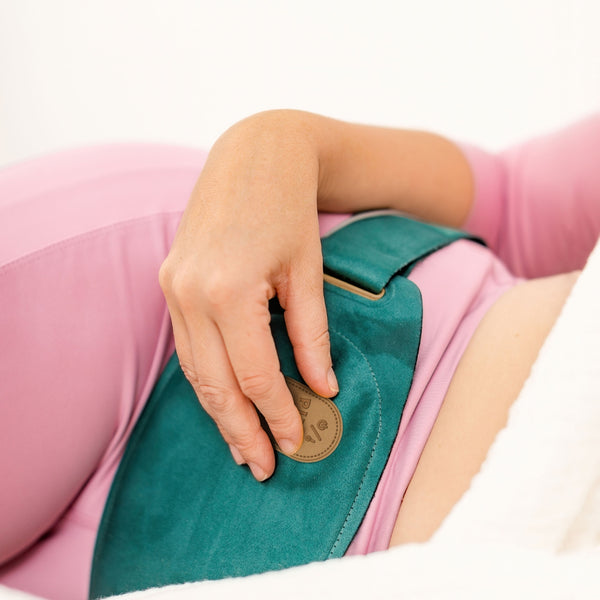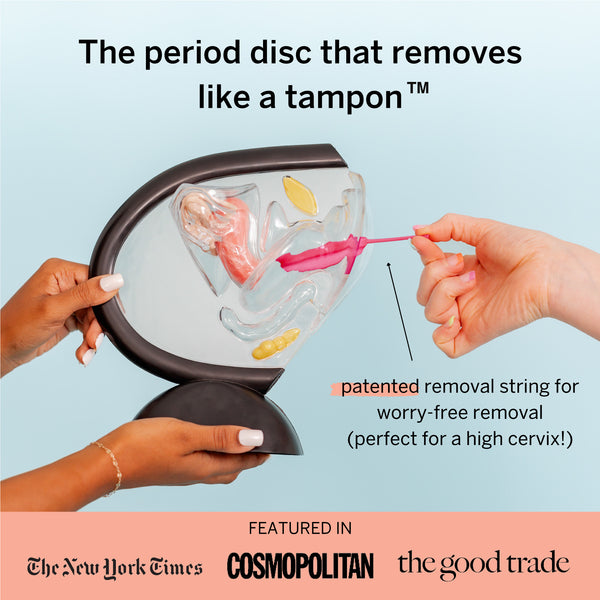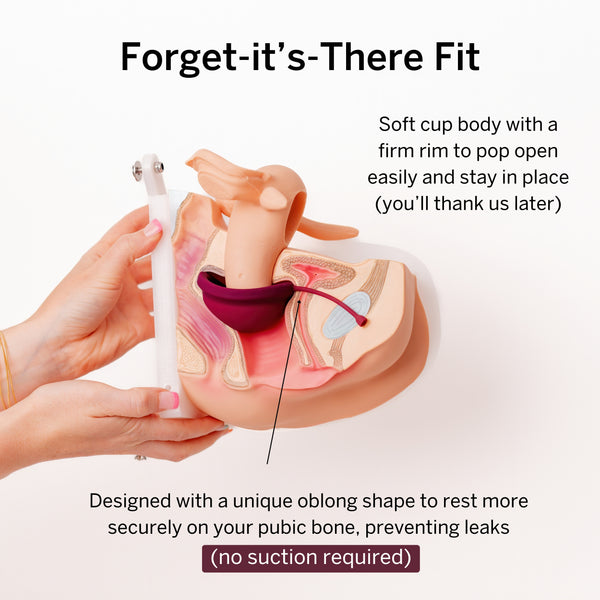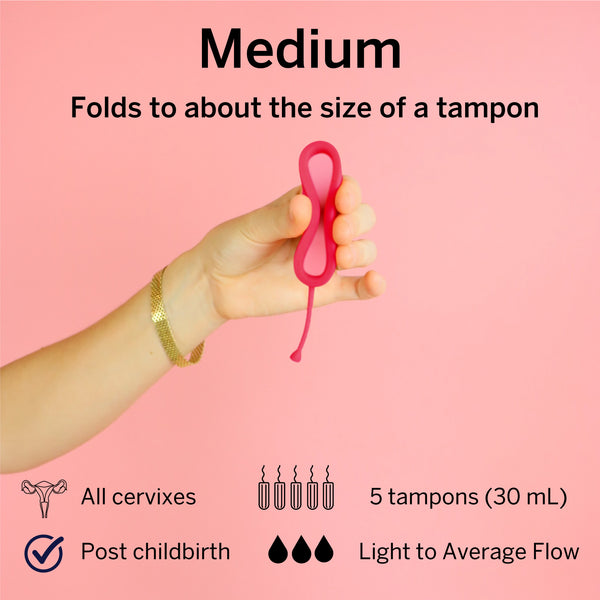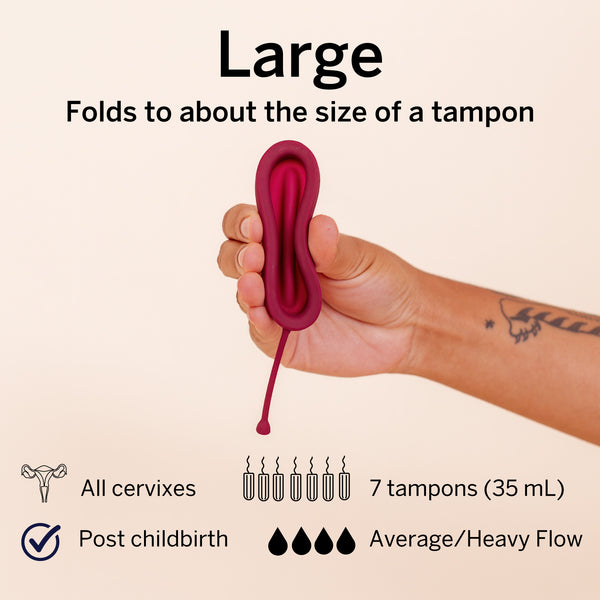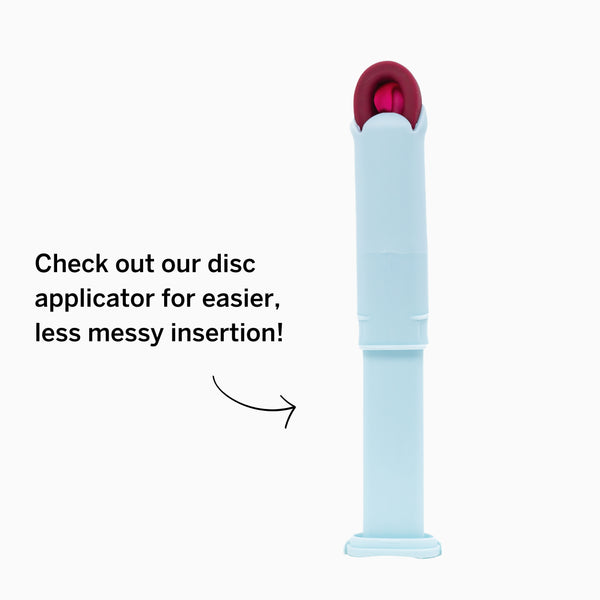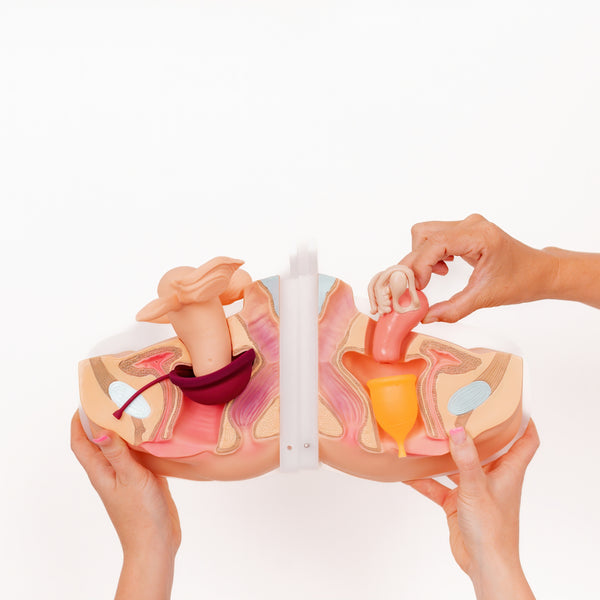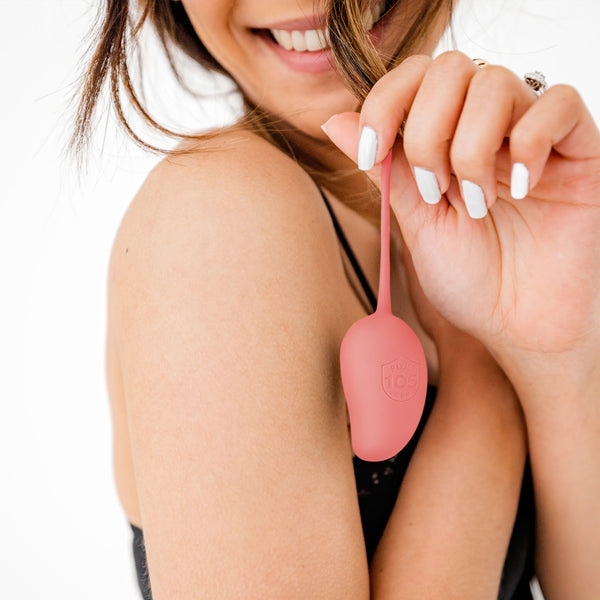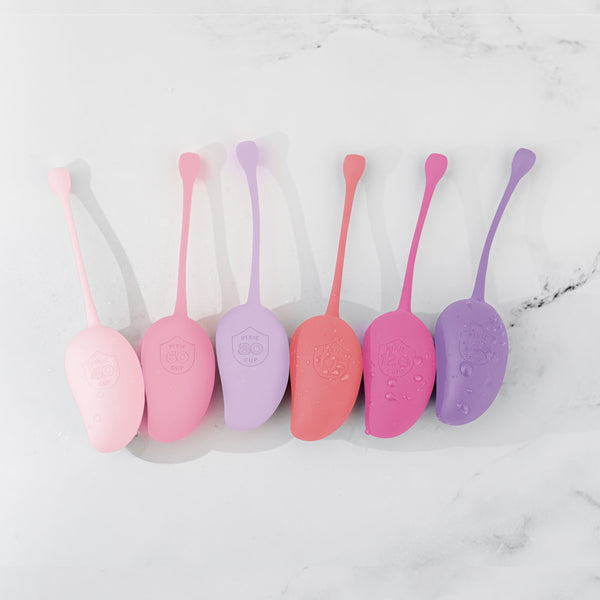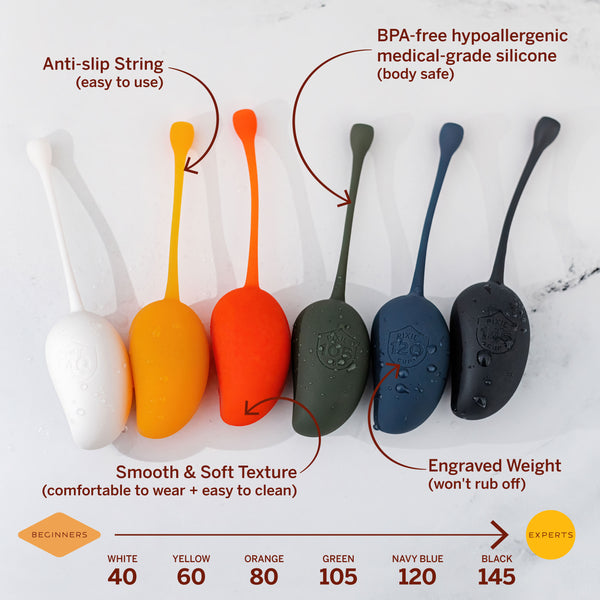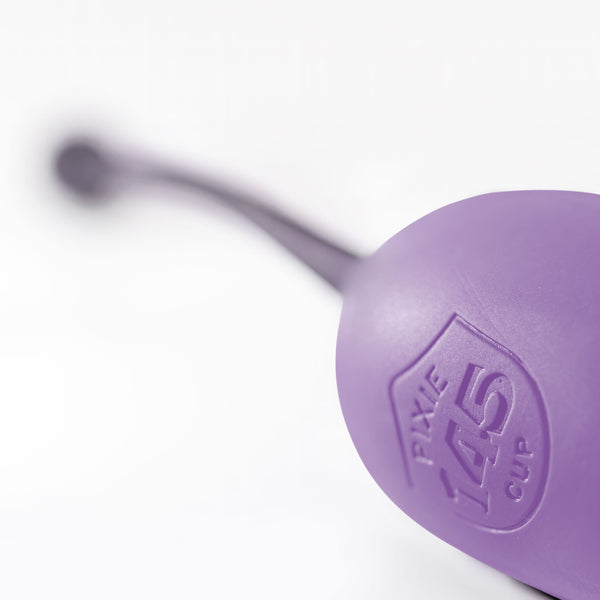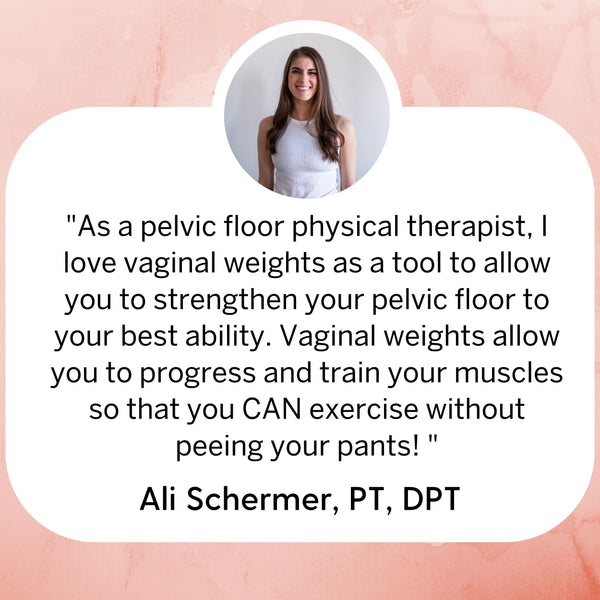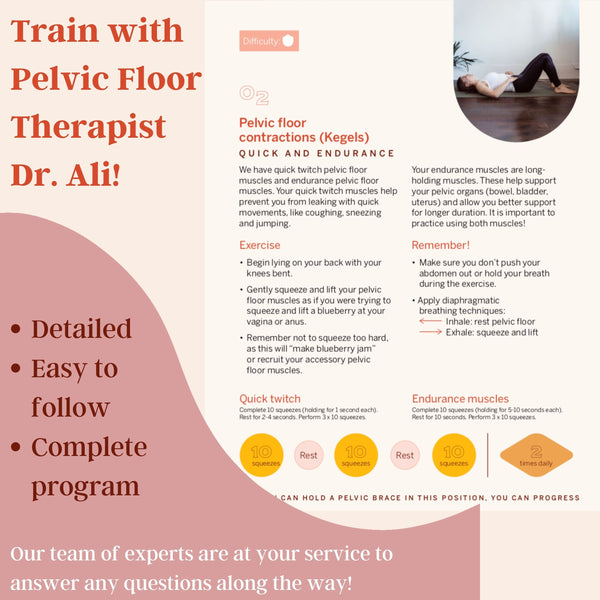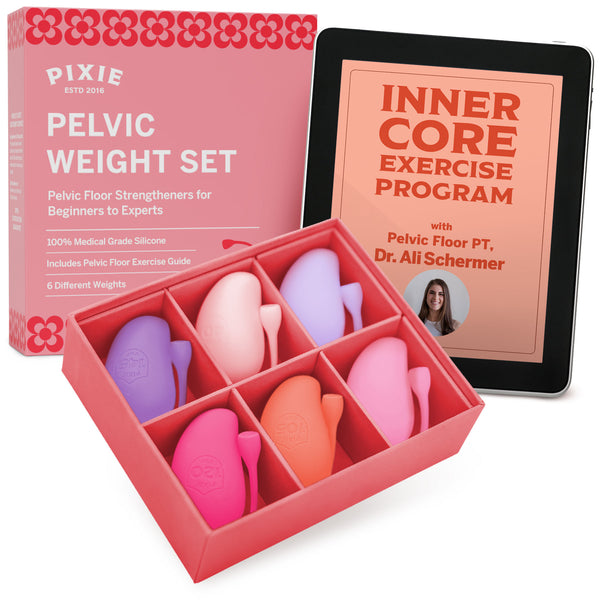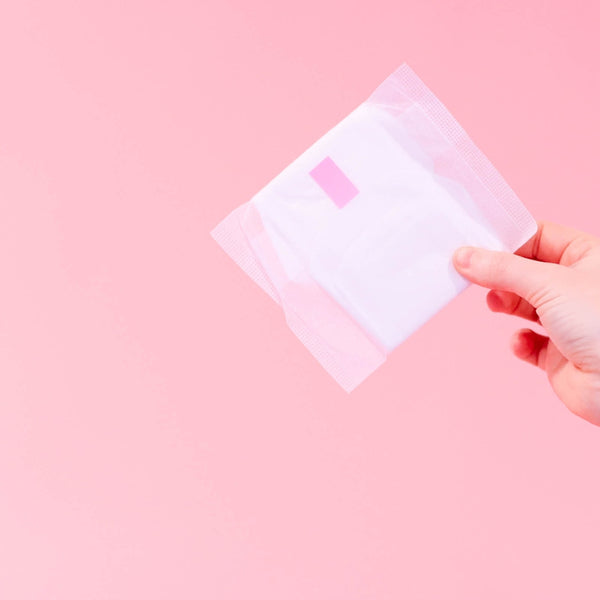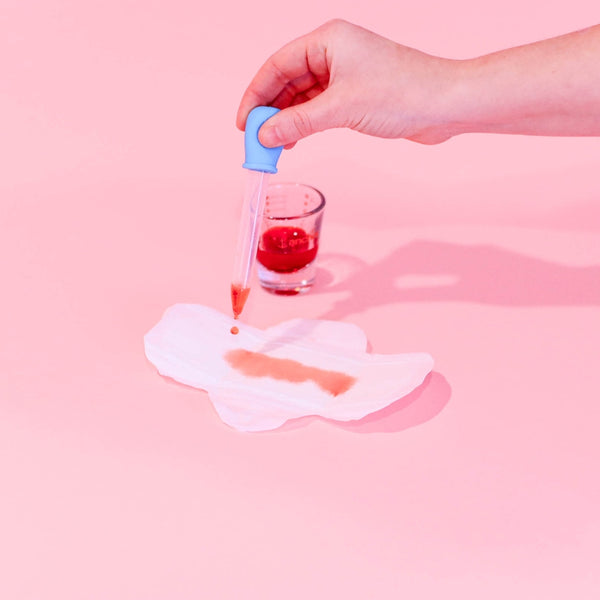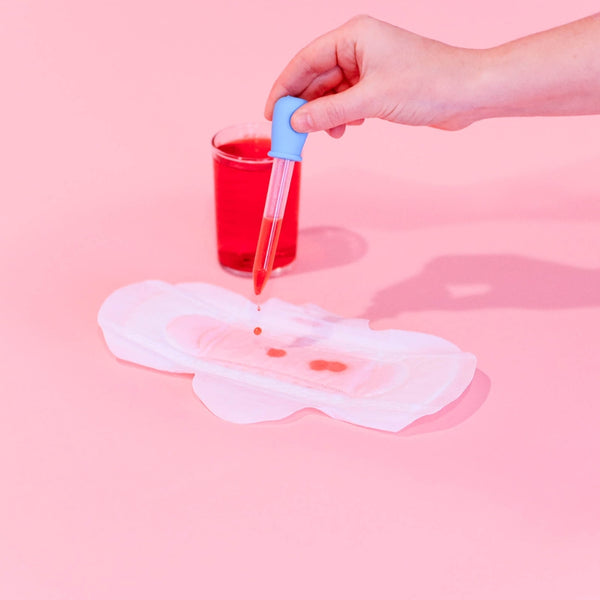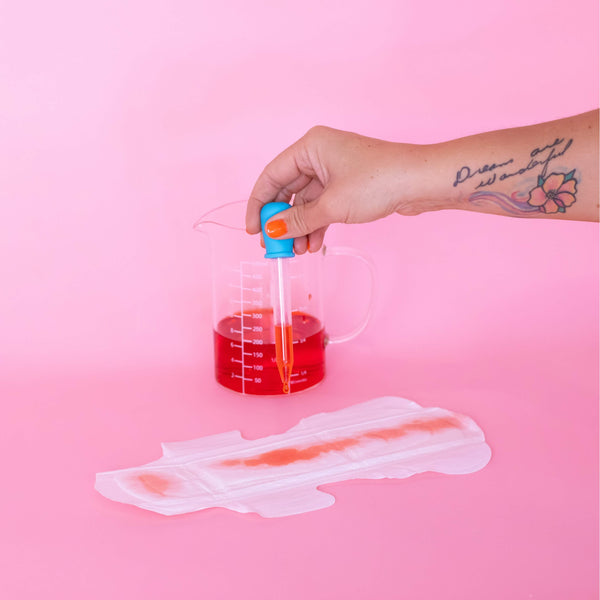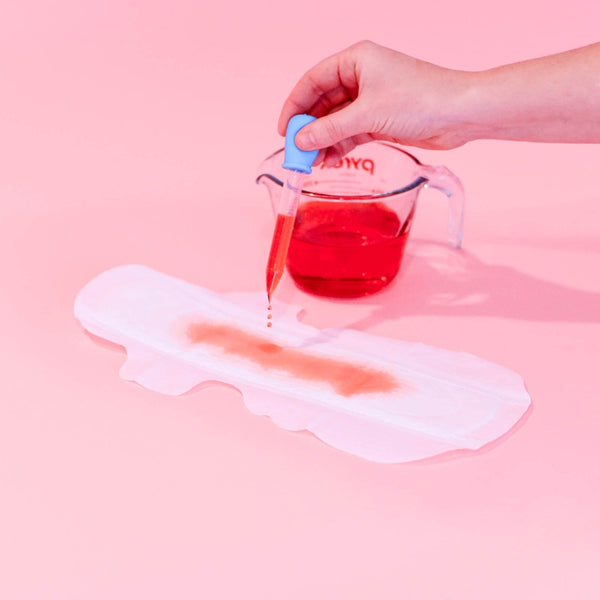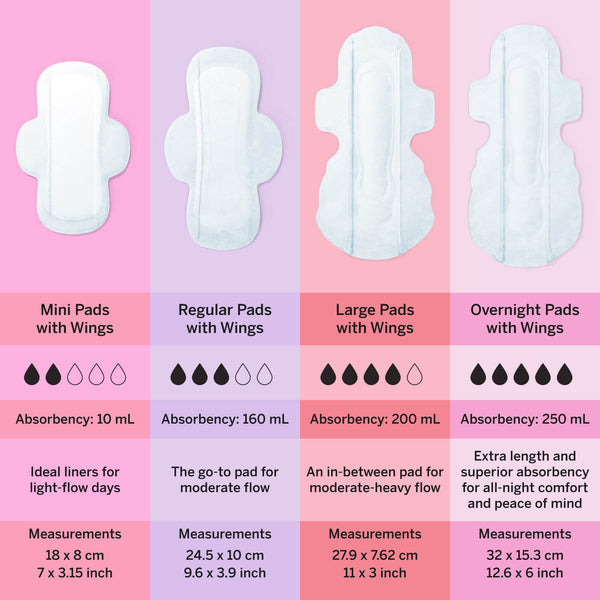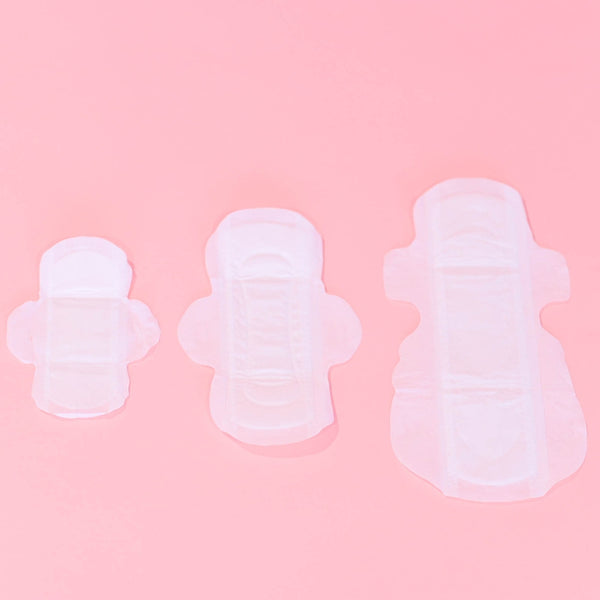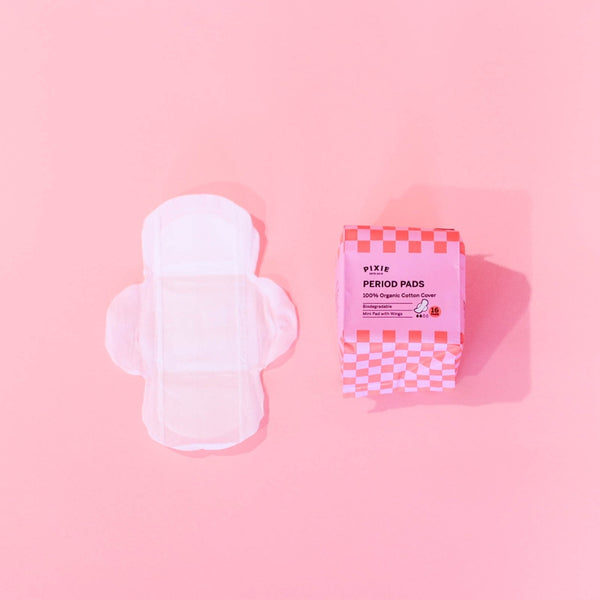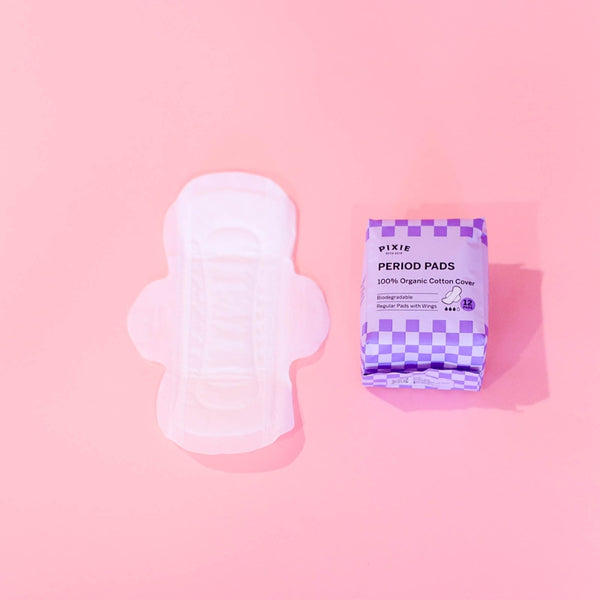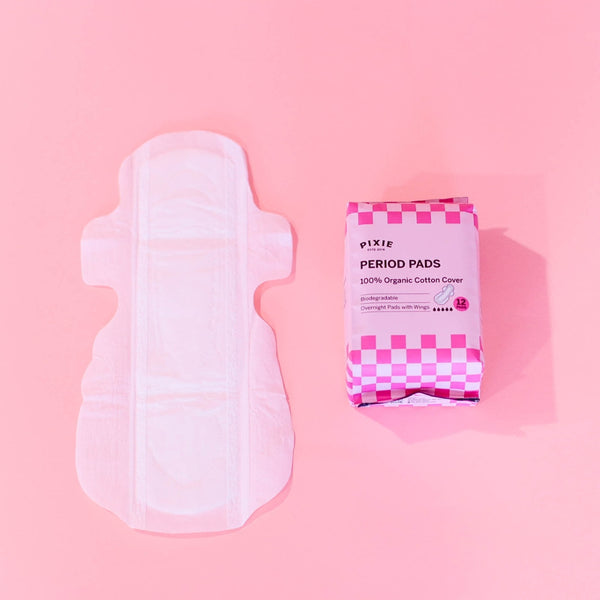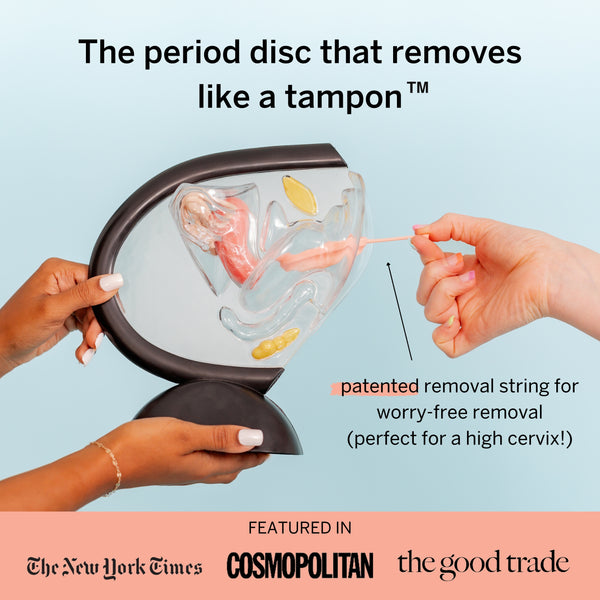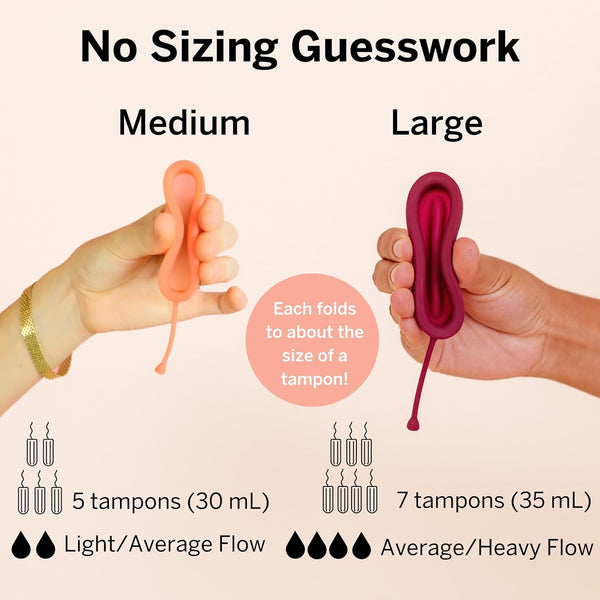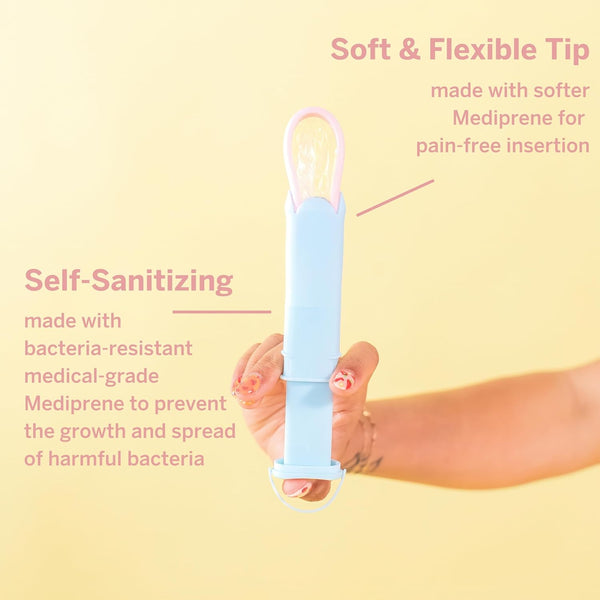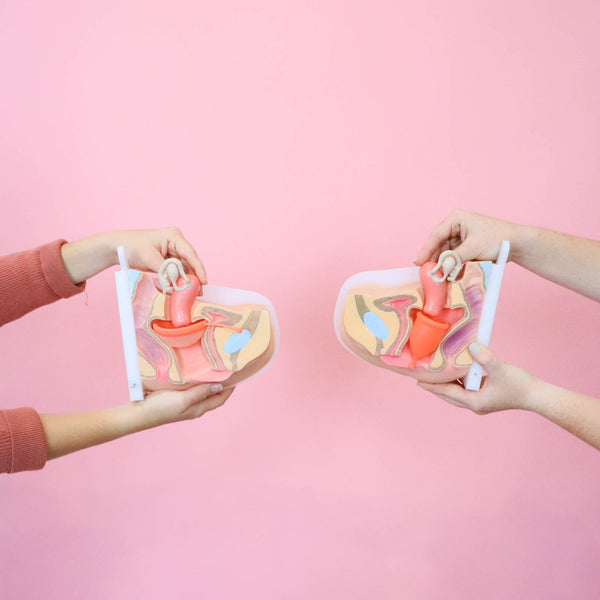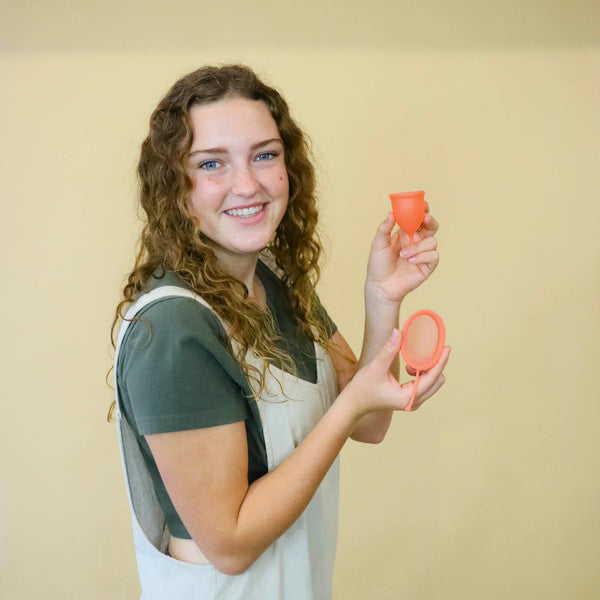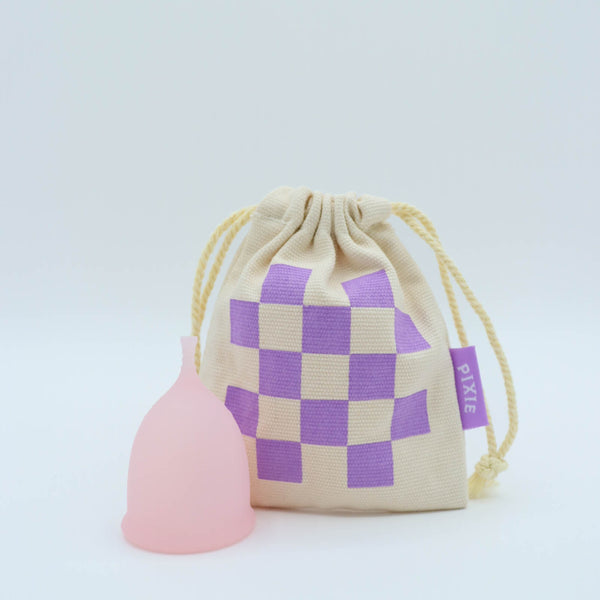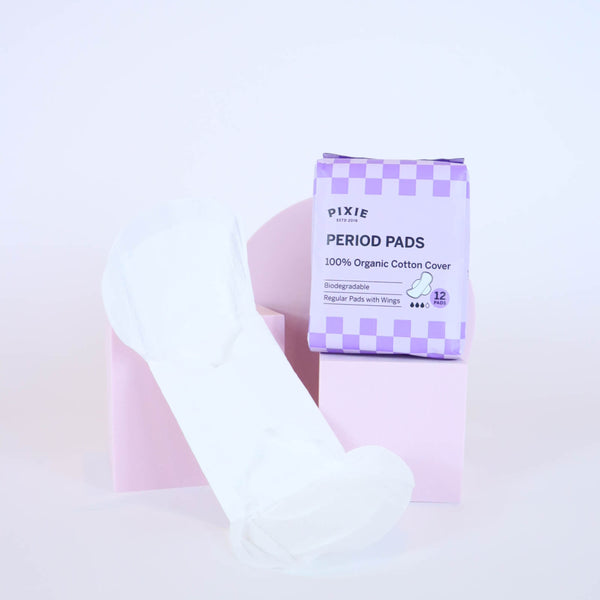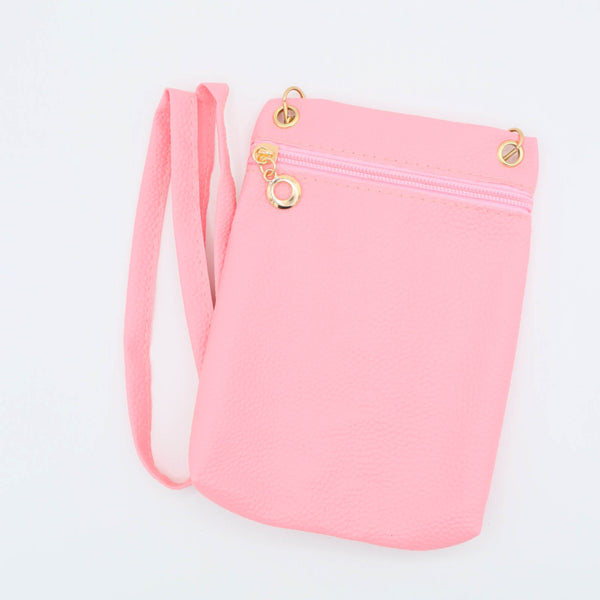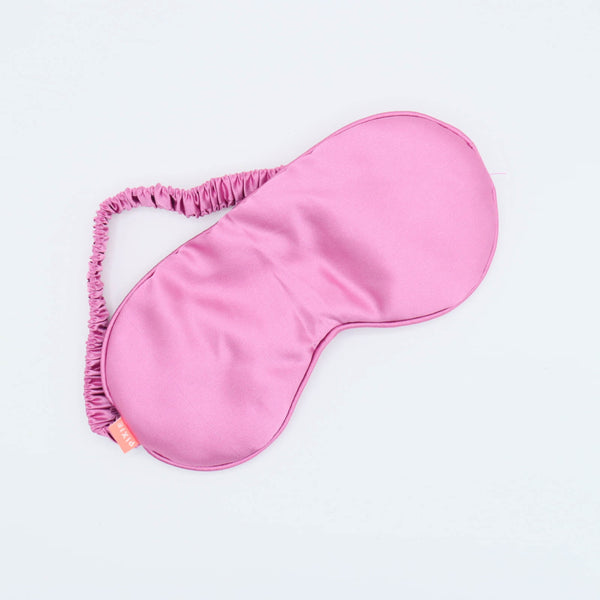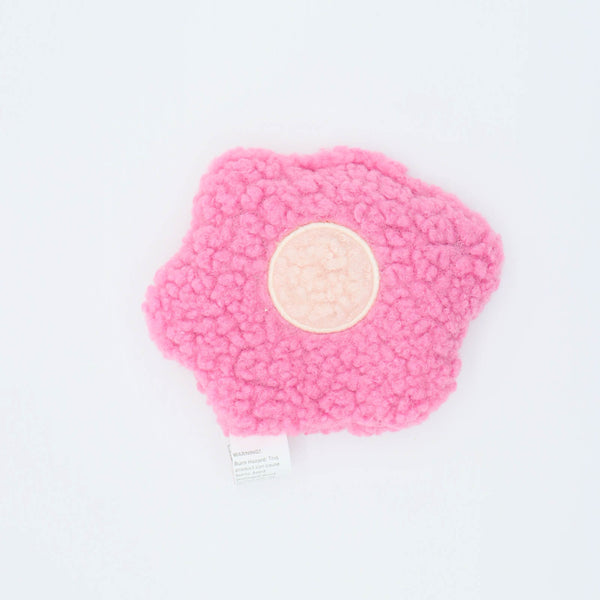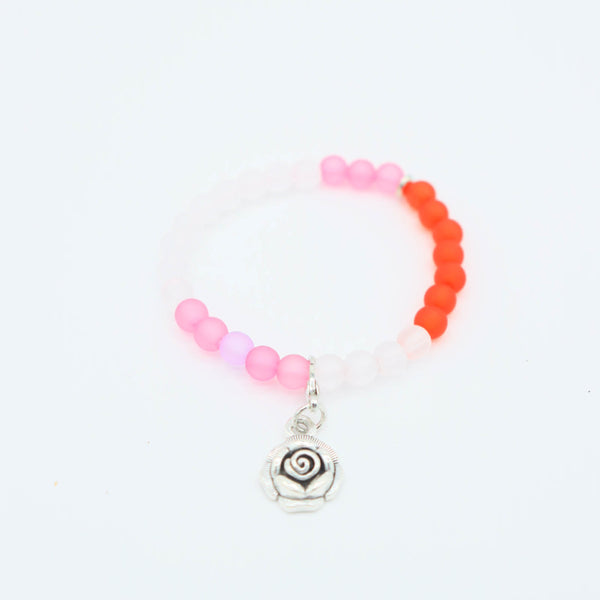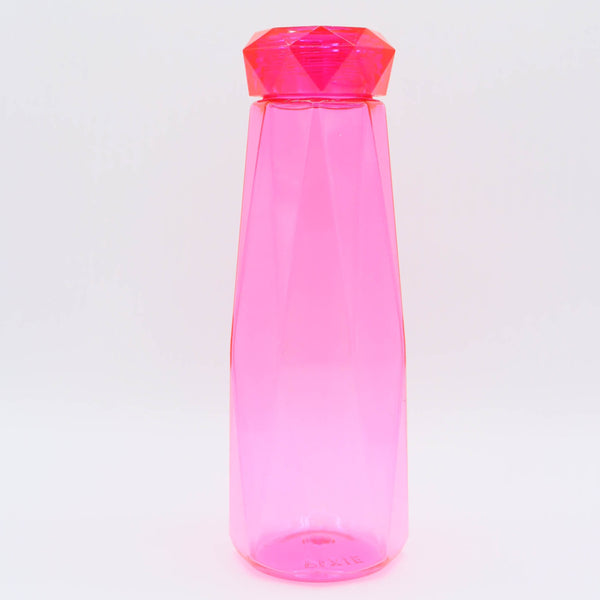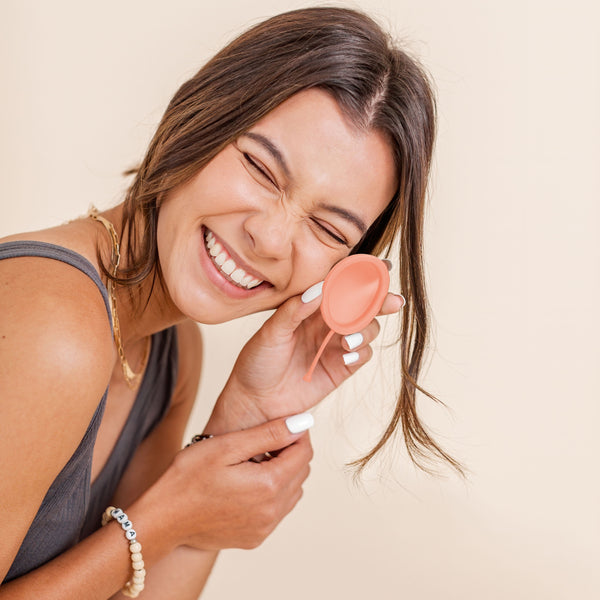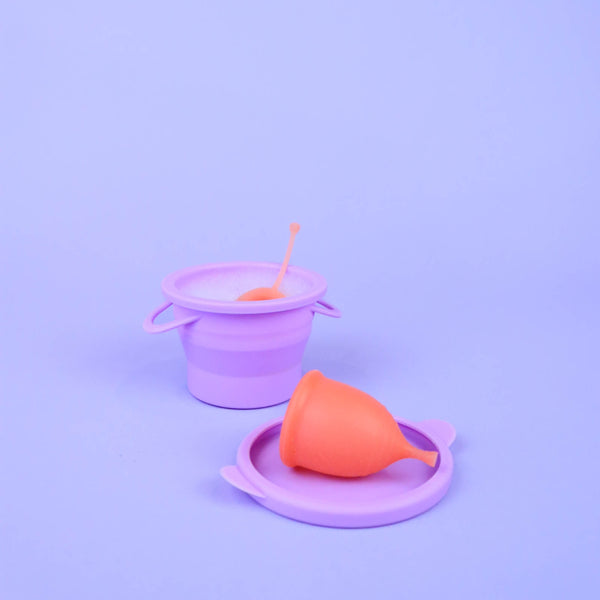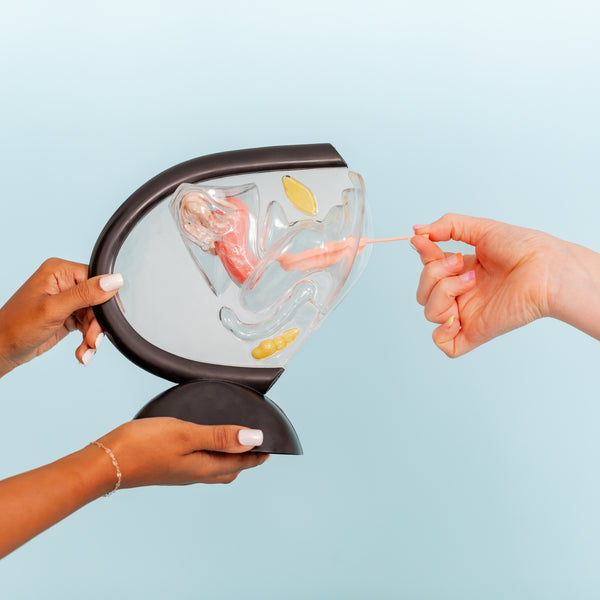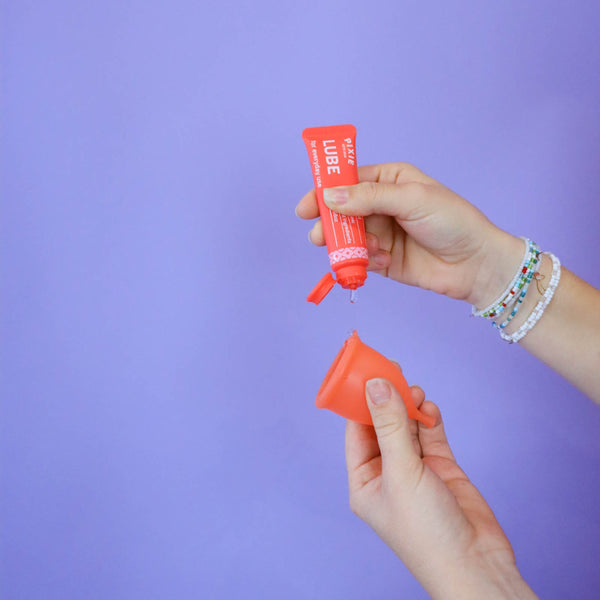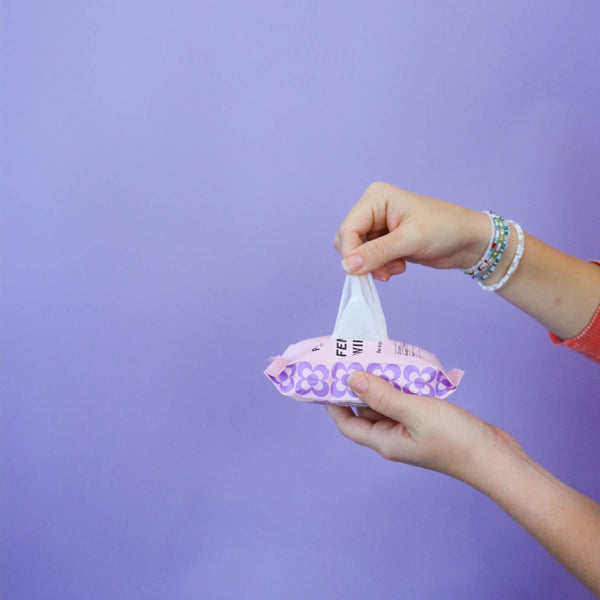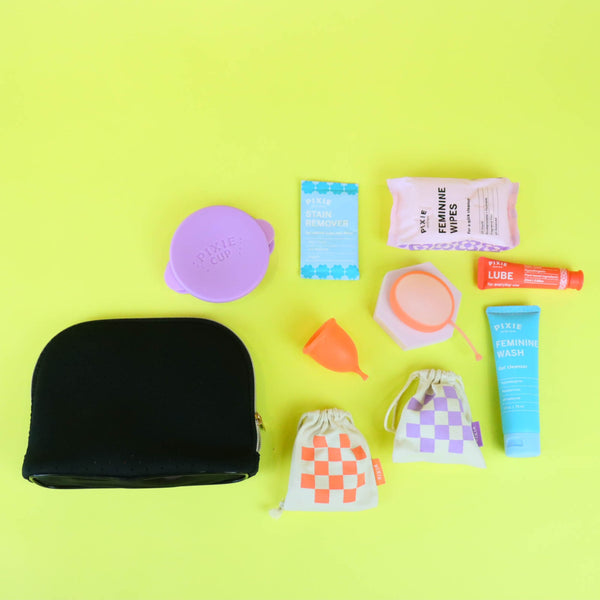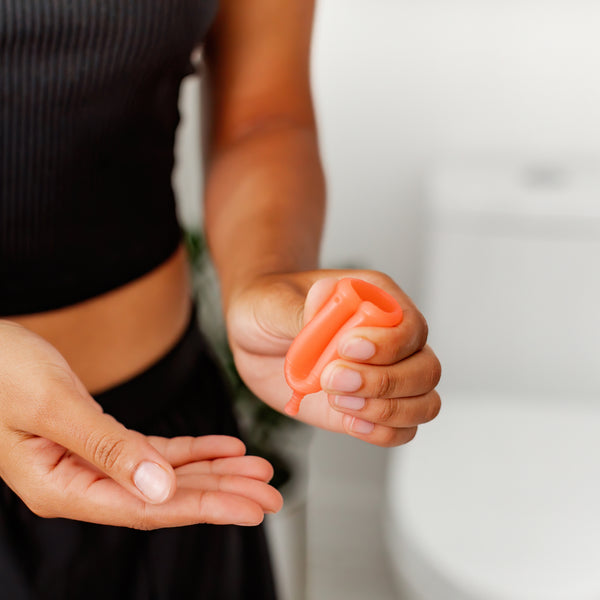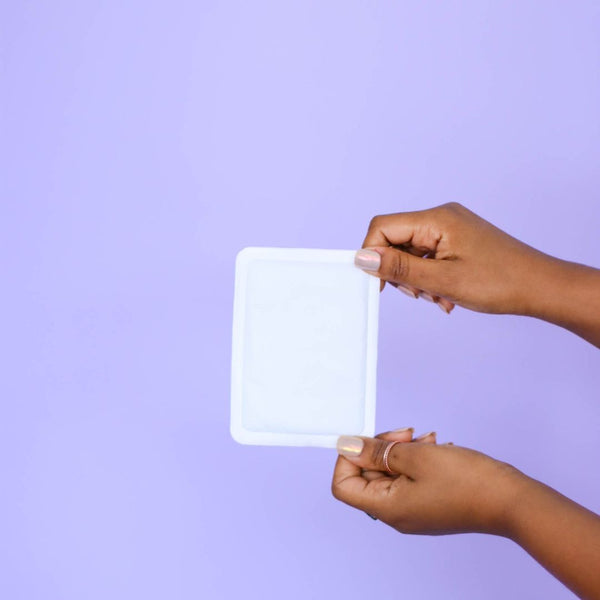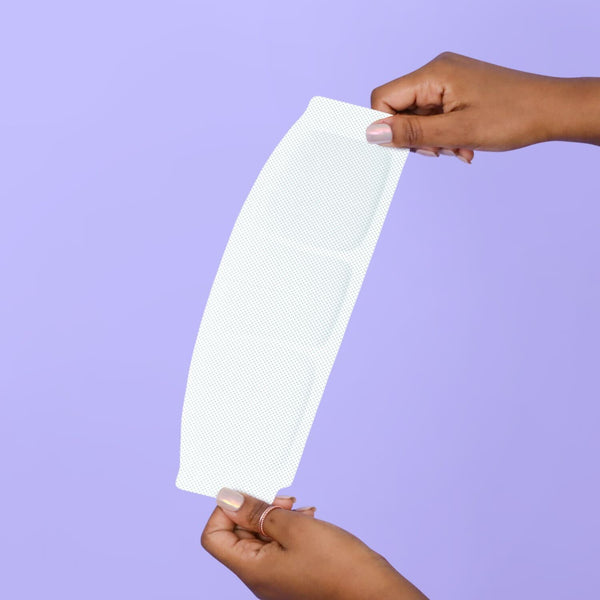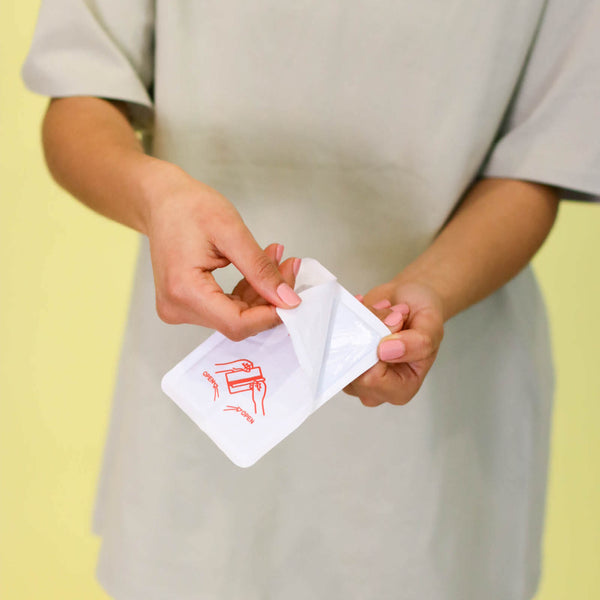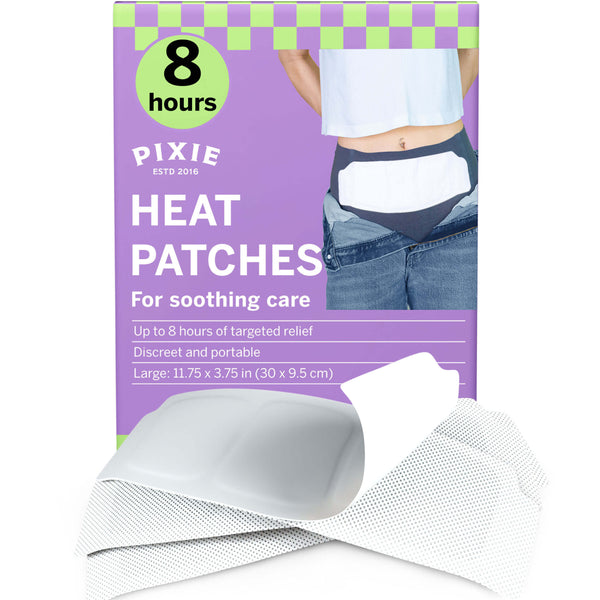A Prolapsed Uterus: What You Need to Know

A prolapsed uterus can affect women of any age, but primarily affect someone who has gone through menopause or women who have given vaginal birth. Thank goodness it’s not overly common… but it does happen. As scary as it sounds, prolapse isn’t hopeless! Once diagnosed, people dealing with prolapse have an array of options to help them get things back into place. Continue reading for facts and how to prevent or treat uterine prolapse.
What is a prolapsed uterus?
The uterus (or womb) is a muscular structure that’s held in place by pelvic muscles and ligaments. If these muscles or ligaments stretch or become weak, they’re no longer able to support the uterus, causing prolapse. The definition of ‘prolapse’ is slipping or moving downward. In the event of uterine prolapse, the uterus has migrated down from its original placement into the vaginal canal.
A prolapsed uterus may be labeled ‘incomplete’ or ‘complete’. Within those are 4 different degrees also. An incomplete prolapse occurs when the uterus is only partly sagging into the vagina. Complete prolapse occurs when the uterus falls so far down that some tissue protrudes outside of the vaginal opening.
- First Degree – the cervix drops into the vagina.
- Second Degree – the cervix drops into the vagina just before the opening.
- Third Degree – The cervix is outside the vagina.
- Fourth Degree – The entire uterus is outside the vagina. This condition is also called procidentia. This is caused by a weakness in all of the supporting muscles.
What causes prolapse?
As mentioned, ‘prolapse’ means movement or slipping downward. So actually this can happen to any organ in the pelvic region. A prolapsed uterus is primarily present in women 50+ or who are postmenopausal. However, it can happen to any woman with these leading factors:
- Pregnancy/childbirths with normal or complicated delivery through the vagina (childbirth is probably the biggest strain to the pelvic region known to man)
- Weakness in the pelvic muscles
- Weakening and loss of tissue tone after menopause and loss of natural estrogen
- Conditions leading to increased pressure in the abdomen such as chronic cough (with bronchitis and asthma), straining (with constipation)
- Being overweight or obese with its additional strain on pelvic muscles
- Major surgery in the pelvic area leading to loss of external support
Basically, it’s all about muscle and ligaments becoming weak; the uterus needs to be held in place, and if the structures that do that are no longer strong enough, it may slip. Consequently, when one pelvic organ prolapses, it increases the likelihood that others follow because it’s a waving red flag that the group of muscles holding things together in the pelvic area is weak.
Can a menstrual cup cause uterine prolapse?
With new trends and new devices, come new speculations. There aren’t conclusive studies that show menstrual cups cause prolapse of the uterus or other pelvic organs. Healthcare providers do suggest that it can further an already present issue by misuse of a menstrual cup.
When using a menstrual cup, do not bear down on the menstrual cup to lower it in the canal. When you’re wanting to remove the cup, be sure that you completely relax your pelvic muscles prior to removal. Breaking the seal is super important prior to removal. Do so by either pinching the base of the menstrual cup or putting one finger up the side of the cup and listen for the sound of air, meaning the seal has been broken.
What are the symptoms of a prolapsed uterus?
Here are some signs to keep in mind should you have any of the traits above. It greatly depends on the degree of prolapse that is occurring. If it’s mild, doctors will give you a list of exercises and send you on your way!
- You feel like you’re sitting on a golf ball. All bodies are different and all situations are different. As mentioned previously, there are different degrees of severity with uterine prolapse. Feeling like you’re sitting on a ball would happen with degree 3 or 4 where the uterus is emerging from the vagina.
- Difficulty urinating. Incontinence, urinary hesitancy, or incomplete bladder emptying which can lead to recurrent UTIs. Slow-release of the urine or feeling like something is pressing on your bladder.
- Constant cramping or pulling in the pelvic region. This may seem like an obvious one but if one organ is moving away from where it should be, the effect could continue and cause a feeling of “heaviness” in the pelvic region.
- Bowl issues. As I mentioned earlier, if something like your uterus is prolapsing, chances are the muscles in your pelvic region are very weak. This can lead to other muscles prolapsing. Props to you if you guessed intestine prolapse!
- Painful sex. Because of how the female reproductive system is laid out, a prolapsed uterus involves the cervix as well; both uterus and cervix “fall” into the vagina, depending on the degree. Sex is painful at best and sometimes impossible depending on the degree of the prolapse.
- Seeing your cervix physically birthing from the vagina. At this point, the pain will be inevitable and this would qualify as a medical emergency and you be brought to the emergency room as soon as possible. But even if you just feel something peculiar inside your vagina alongside peculiar sensations in your pelvic area, you should still get yourself checked out as soon as possible.

How can I prevent uterine prolapse?
After all that, that is a really important question!
Exercises for the pelvic floor. You’re in luck! We recently spoke in great detail about strengthening your pelvic floor muscles. There are several exercises and stretches you can do in the comfort of your home on a daily basis that will help whip them into shape!
Kegel Exercises. To identify your pelvic floor muscles, stop urination in midstream. Once you’ve identified your pelvic floor muscles, you can do the exercises in any position, although you might find it easiest to do them lying down at first. To do Kegels, imagine you are sitting on a marble and tighten your pelvic muscles as if you’re lifting the marble. Try it for three seconds at a time, then relax for a count of three. It’s recommended to do these a handful of times a day!
Hormones. If you are postmenopausal, your production of estrogen goes down. This has been linked to the weakening of the muscles in the pelvic region. A doctor could suggest an estrogen cream or suppository to help balance you out. Again, this is only a suggestion for someone hormone-deficient.
Vaginal pessary. This is a vaginal device that supports the uterus and keeps it in position. Crazy right!? It is important to follow the instructions on care, removal, and insertion of the pessary. Discuss with your provider if this treatment is right for you.
Losing weight. Extra weight within the abdomen places unnecessary strain on the pelvic muscles.
Surgery. Thankfully this is the last option and only if your uterine prolapse is in the 3rd or 4th degree.
Using a menstrual cup with a prolapsed uterus
If you are experiencing slight uterine prolapse and you’re premenopausal, you will still have a period! Tampons could lead to easy irritation due to the position of the vagina and uterus if it is prolapsing. Have you thought about trying a menstrual cup? They are a medical-grade silicone cup-shaped device that folds and sits in the vaginal canal to collect menses.
Even with a prolapse, many people have been able to use a menstrual cup successfully and without pain. (yay!) Make sure to measure your cervix to get an idea of the space you’re working with. Most women have reported that a menstrual cup that is designed to sit lower in the vaginal canal works best. We have all the information about cup design and size right over here!

If you suspect you have a prolapse occurring, we urge you to go to your doctor to get checked out and diagnosed. Hopefully, this post made the idea of a prolapsed uterus a little less scary and with some hope for recovery!
Have you experienced a prolapsed uterus in the past? How did you bounce back? Did it affect your menstruation? Be sure to check out our selection of menstrual cups! With the different sizes and shapes, there is one sure to fit your needs!

Our Top Picks For You
-
Period Disc & Applicator Kit
![]()
- Regular price
- $48
- Sale Price
- Regular price
-
$55 - $48
- Unit price
- per
Sold out -
Reusable Organic Cotton Pads
![]()
- Regular price
- $28
- Sale Price
- Regular price
-
$34 - $28
- Unit price
- per
Sold out -
Disposable Organic Cotton Pads
![]()
- Regular price
- $7
- Sale Price
- Regular price
-
$9 - $7
- Unit price
- per
Sold out -
Combo Disc + Applicator Bundle
![]()
- Regular price
- $42
- Sale Price
- Regular price
-
$49 - $42
- Unit price
- per
Sold out




